The Dragon.
The staple of all things fantastic and powerful.
The raging behemoths with command over nature itself!
How many stories exist of adventurers becoming heroes after slaying such a creature? How many more keep princesses locked in towers or guard some immense fortune worth triple its weight in gold? If you’re a true adventurer, there is no way you don’t know about dragons.
So quick—what does a dragon look like?
“Ha,” you laugh. “That’s easy! Colossal lizards with two legs, wings, and spikes. Oh, and they shoot fire and can be really smart!”
You are correct!
Or you would be if dragons existed.
‘A’ for effort though.
What you think of as a ‘dragon’ is actually a cross between a wyvern and a salamander, also known as a ‘fire-drake’. Now before I get into the fun little details, you need to understand something. Magic and science are two halves of the same coin. You will learn very quickly how these two concepts inappropriately flirt like teenagers in a school hallway. In layman’s terms, magic is the substance that the world around us lives on. Science is the method used to explain how magic interacts with everything. Understood? Sort of? Good enough; lets continue.
Wyverns belonged to the Drakae (or drake) family of animals. These includes subspecies like the Salamander, Catalan Dragon, Komodo, etc. The modern idea of giant, fire-breathing hellion comes from a misunderstanding over salamanders, wyverns, and fire-drakes.
The characteristics of Wyverns:
• Two Hindlegs
• Two frontal limbs with wing attachments
• Fly short distances
• Territorial
• Active during Spring/Summer seasons (Hibernates during Fall/Winter)
• Average size: 12 meters (40ft.) body. 15 meters (50ft.) wingspan
Characteristics of Salamanders:
• Slender bodied
• Ruby Scales (collects radiant heat magi from environment)
• Wingless quadruped
• Fire-breathing
• Docile unless provoked
• Active year-round
• Average size: 7 meters (25ft.)
(Fun Fact about the salamander! It relied less on “fire-breathing” and more “rapid fire-spitting”. The glands located in a salamander’s throat produced an oily substance generated from collecting heat magi. When a salamander started gagging, it was preparing to spit out the oil. Mid spit, the salamander would clack its flint-like teeth to ignite the oil as it passes, spitting out flames to enemies. Isn’t that so cool?)
When mated together, wyverns and salamanders produced a sterile offspring called a fire-drake which did fly and did breathe fire, albeit they were incredibly rare, timid, and about the size of small car. They had the (much smaller) body of wyverns with the (much weaker) fire producing glands of salamanders, as well as a salamander’s temperament. Any time a story or movie features a hero defeating a dragon, it’s actually one of these suckers, who are much weaker and more approachable. Remember that.
Before humanity’s numbers blew up, there existed a sort of peaceful coexistence. Humans hunted salamanders for their ruby-coated scales, wyverns stole livestock as if they were fluffy maidens, and adventurers killed wyverns to keep their villages safe. Simple.
Then humans grew greedy.
More and more humans were being born, which meant villages had to expand. Resources started becoming more precious. Wyverns and salamanders, having such enormous bodies, used up a lot of energy consumption. With land and food dwindling for them, attacks on farms became more frequent. Fears gave way to exaggerations.
“Did you hear? The whole village. Burnt in minutes!”
“I heard they’re getting bigger. Some say the size of a castle.”
“They’re hoarding resources. Imagine all the gold and rubies!”
The Drakae only went after the livestock in the fields, however those fields were often protected by guards. For every one villager who died from an attack, fifty Drakae animals were killed in retaliation. Eventually the numbers thinned out so much, only the subspecies of Drakae that lived in remote forests and caves were left. However, the fame and glory that came from being a ‘Dragon Slayer” led humans to hunt down the remaining few species. First the salamander subtype went extinct for their prized ruby pelts. Then the wyvern subtype slowly died out during hibernation thanks to their enormous bodies becoming unable to sustain themselves without the necessary amount of food. Finally, only fire-drakes remained.
Remember what I said about fire-drakes being more approachable? Fire-drakes acted like dogs. They could be incredibly vicious when threatened, but when trained, they were the cutest, sweetest, best pet to ever have around. In my earliest incarnation, I had a pet fire-drake once.
Iggy Piggy.
Cute, little bastard.
He wasn’t very smart, but when you needed a guard to keep pesky hobgoblins from stealing your clothes while you bathed in a river, you could count on him. He cuddled on his bed of ashes and liked being scratched under his chin horn.
That’s what a fire-drake was underneath all the scary scales and belly of embers. Basically, they were animals doing animal things. They hunted for food (cows and sheep), slept in their nests (dark caves), were attracted to shiny objects (here, kitty, kitty), and generally wanted to be left alone. No wise, ancient being. No treasure hoarder. No princess kidnapper. Just a regular animal out in the wild. How would you feel if some monsters with swords and wands started wrecking your shit? Not great, I bet. As nasty as fire-drakes behaved toward the end, they were just protecting themselves from invaders.
Yes, I get you had a settlement to protect and children to look after. At first. At some point, it became less about “protecting” and more about “collecting”. Not just wyverns or salamanders. Fifty-three subspecies of Drakae were wiped out. Humans were the bastards in that situation.
What remained?
Alligators and acid spitting snakes.
Yep, those are the descendants of your beloved ‘dragons’.
So next time you want to save the polar bears or some other animal from extinction, just remember: Iggy Piggy.

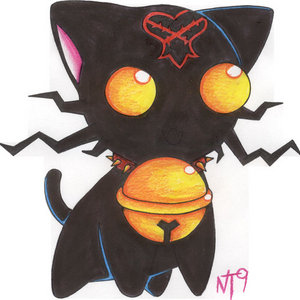
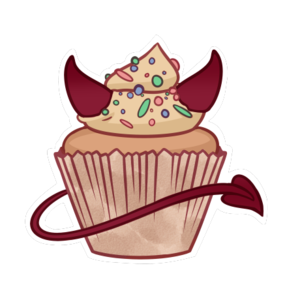
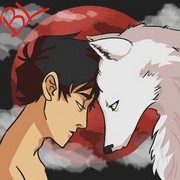


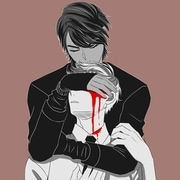

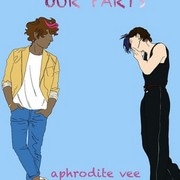
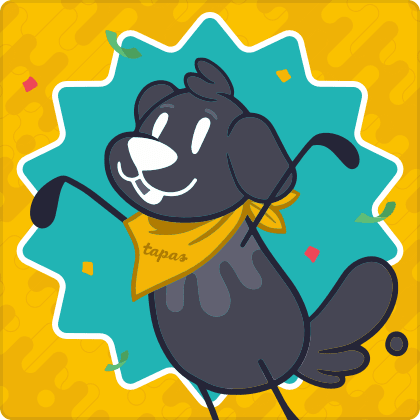
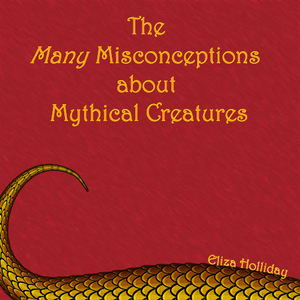
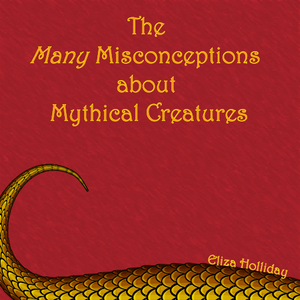
Comments (3)
See all